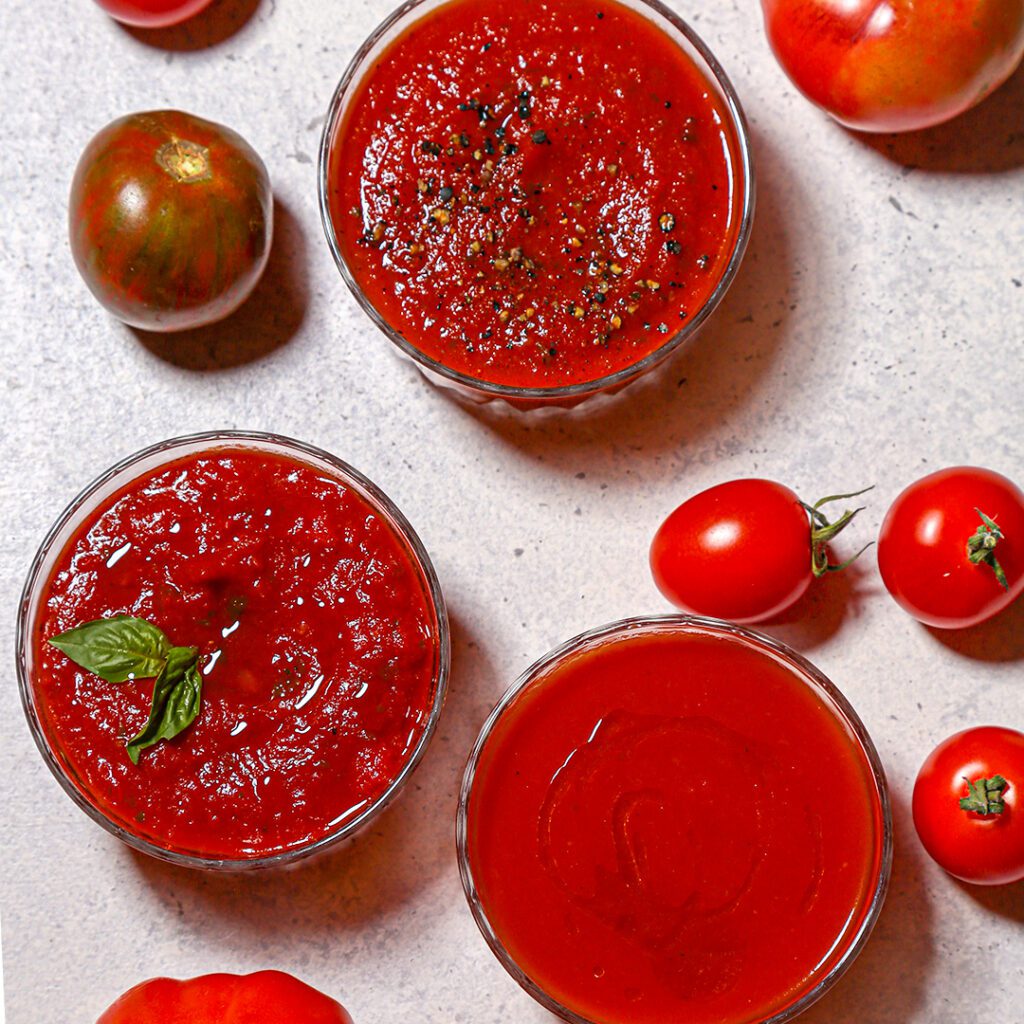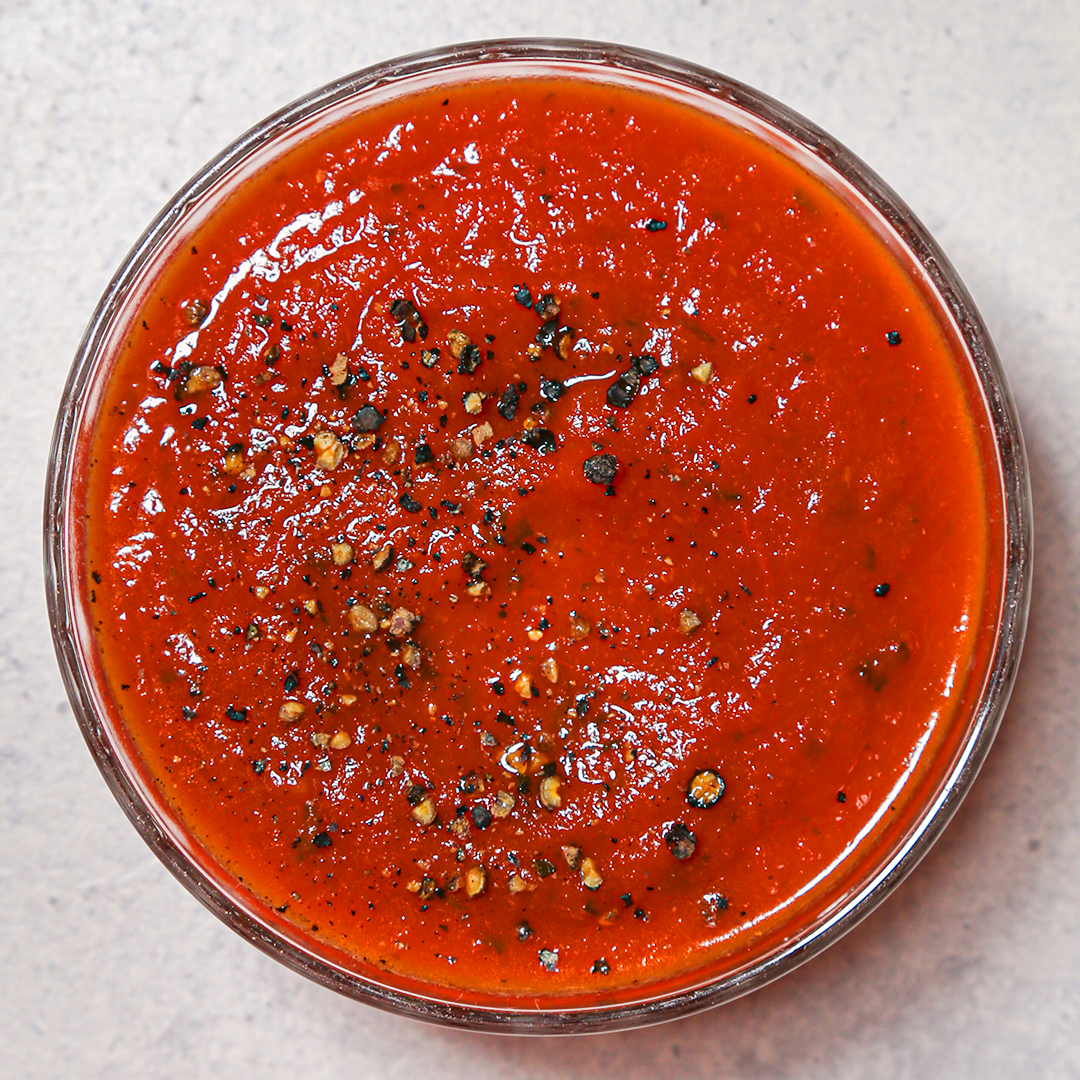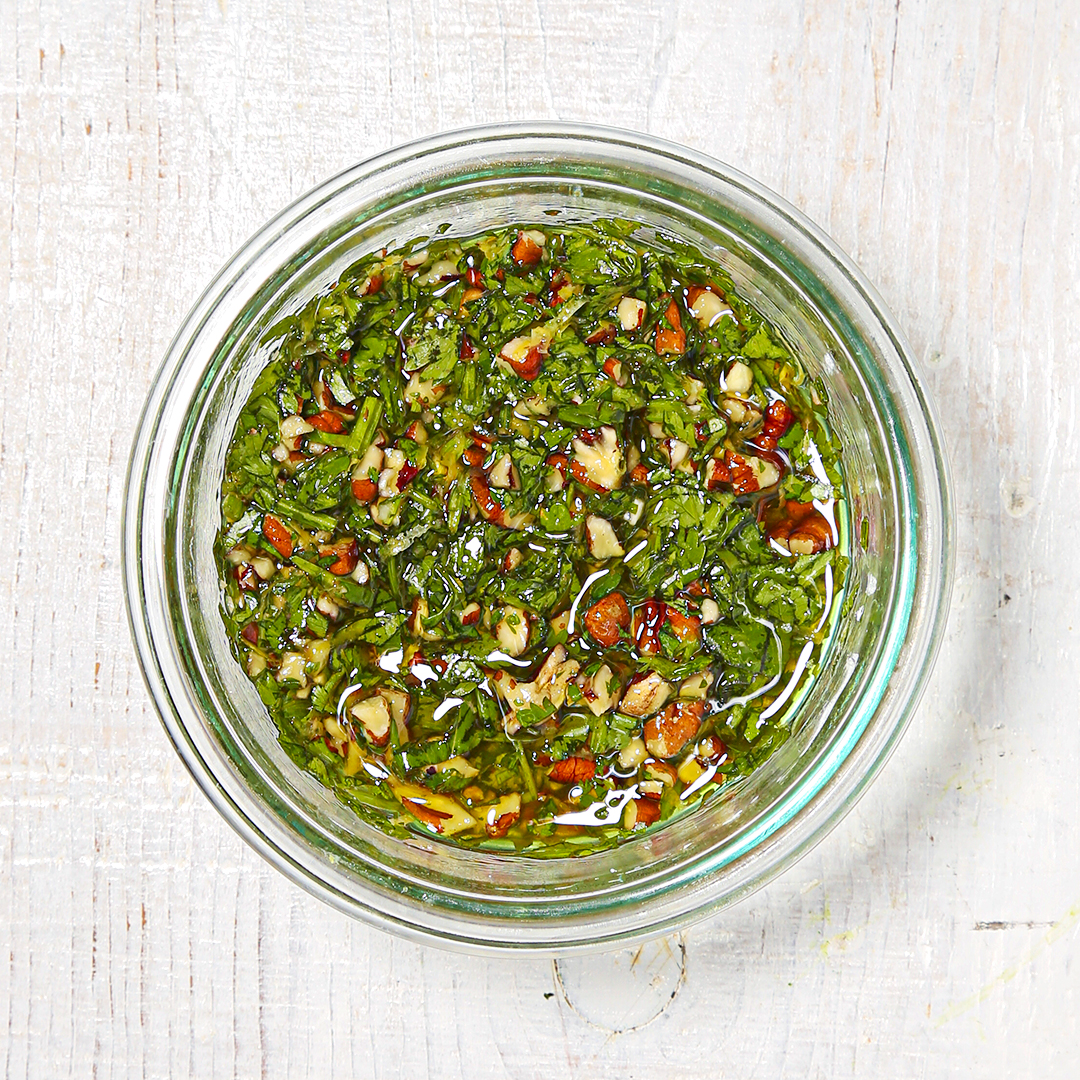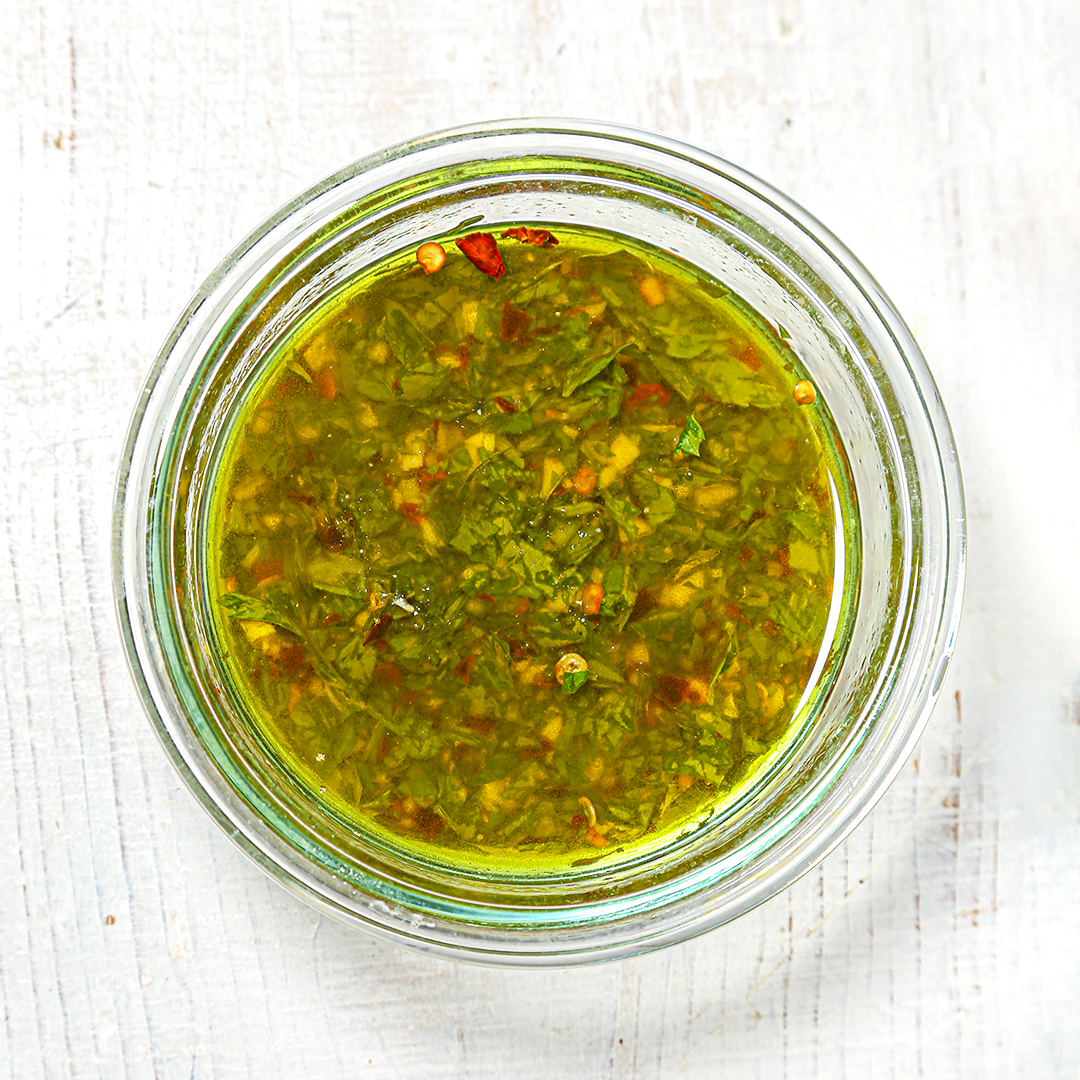
What’s red, saucy, and highly versatile? As it turns out, there’s more than one answer! When it comes to red sauces and their many applications, it can be overwhelming to remember the subtle differences and ideal uses somewhere under all that bold tomato flavor. To help boil things down, we’re sharing what we find to be the easiest way to tell the difference between the big three.



What is tomato sauce?
Let’s set the record straight: Although many use “tomato sauce” and “red sauce” interchangeably, both are actually a general category of sauces, rather than specific sauces in and of themselves. It’s tempting to use it as a catchall, but there are instances where it helps to be more specific, like when choosing which sauce to use on pizza night or which to mix with ground beef for a hearty bolognese. And while there are other red sauces—pizza sauce, lasagna sauce, or arrabiata—out there, it’s likely that marinara or pomodoro can fit the bill almost as well if you pay attention to two traits: texture and thickness.
When to use tomato sauce:
The base of soups and chilis, or a pizza sauce starter
What is marinara sauce?
When you picture the textbook “tomato sauce,” you’re probably envisioning marinara. Marinara is thinner and runnier than the more substantive pomodoro, making it better suited to more complex meat- or veggie-heavy sauces. It also uses cubed rather than diced tomatoes, making it chunkier. Between the two, marinara is more likely to contain herbs—such as dried oregano, basil, bay leaves, and thyme—in addition to the staple ingredients, whereas pomodoro more often than not sticks to the basics.
When to use marinara:
The classic “pasta-and-sauce” preparation: spaghetti and meatballs, as a dip for breadsticks or mozzarella sticks, or as the foundation for bulkier tomato-based sauces (like bolognese)
What is pomodoro sauce?
Pomodoro owes its smoothness to the crushed tomato chunks that make up its base and give it a higher water content than marinara (after a thorough blend, of course). Despite having a smoother consistency, it’s the thicker of the two for the same reason, which lends itself to better spreadability, uniformity, and control.
When to use pomodoro:
Pizza-making, layering in a lasagna, and coating heartier shapes like ravioli or tortellini
Sign up to get your fresh produce delivered with Misfits Market!
Try one of these tomato sauce-based recipes:
How to Upgrade Jarred Marinara



Keep reading: What’s the Difference Between Pesto, Chimichurri, and Gremolata?
